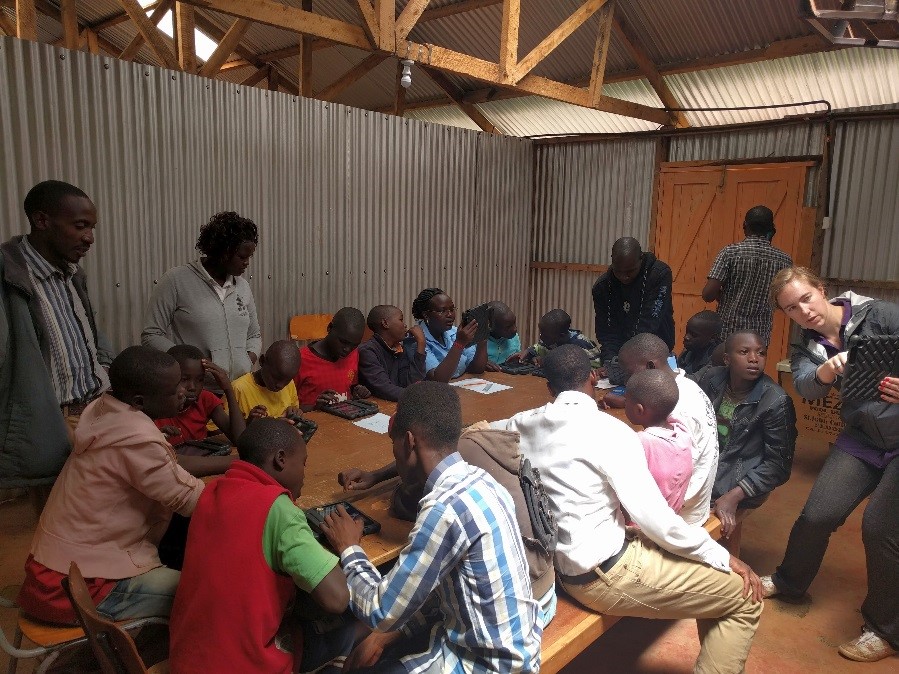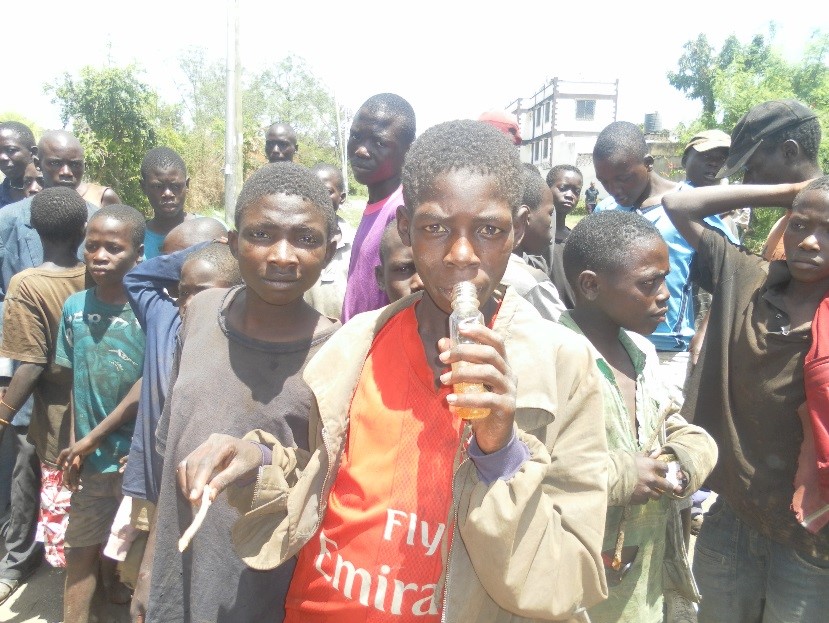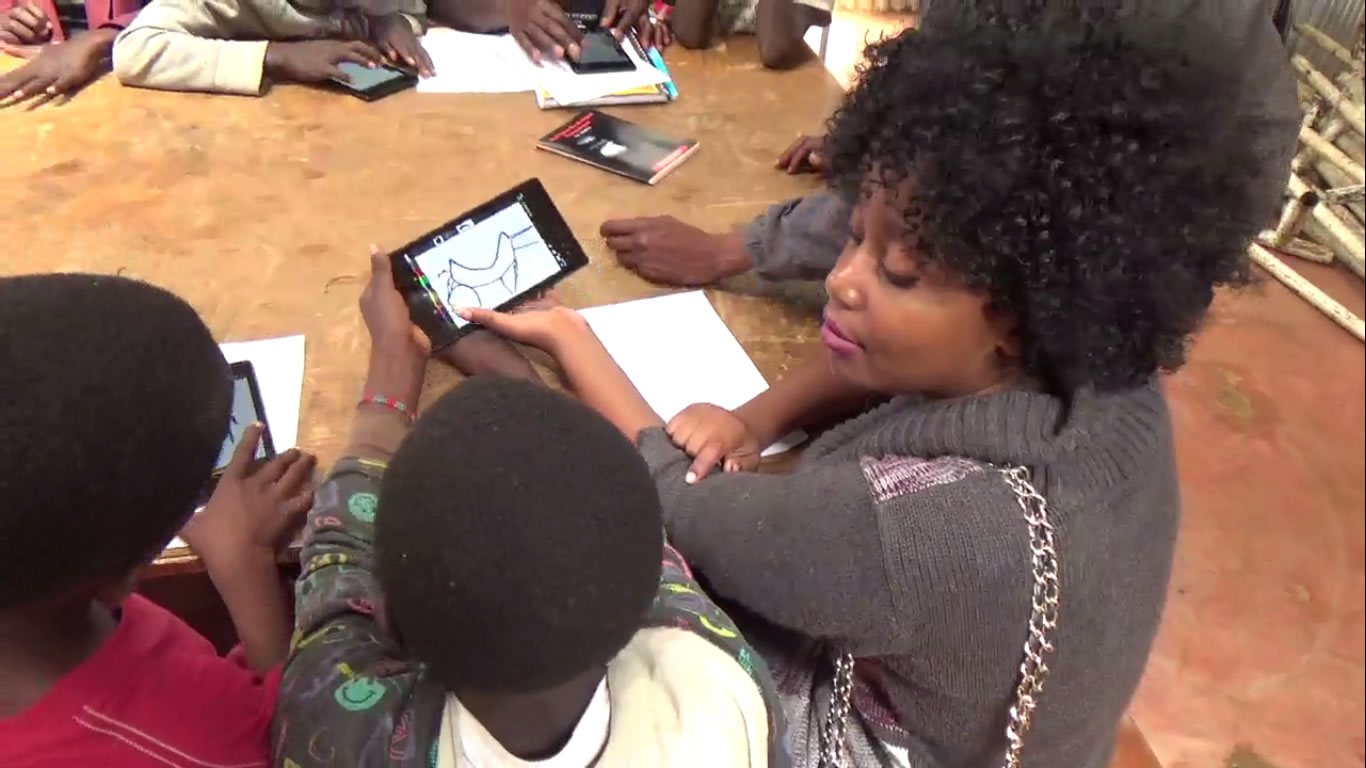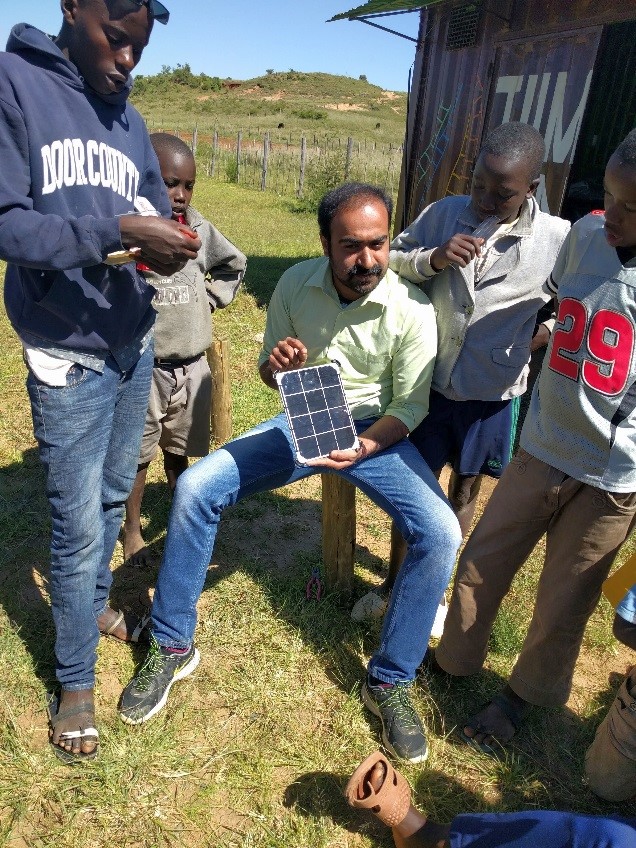Engineering Skills Curriculum and Digital Materials for Out-of-school Youth
Purdue Collaborator: School of Engineering Education; College of Pharmacy

The Challenge: Informal Education for Vulnerable Youth
There is no official figure on the number of homeless children in Kenya, a sign of the lack of interest in the problem by Kenyan authorities. One estimate, by the Consortium of Street Children (CSC), an international charity, suggests the number of street children could be as high as between 250,000 and 300,000 throughout Kenya
The causes of child homelessness are many: Some are sent out by their impoverished parents to work or to beg. Others have lost their families through war or illness, and some have simply been abandoned because they have become too much of a burden. These street children scrabble to maintain the most basic form of existence. They polish shoes, wash windscreens, pick pockets and beg. Most of them take drugs when they can, are malnourished and are sick. Girls are often victims of sexual abuse or sexual exploitation, some the victims of gang rape. Many are forced to become prostitutes, with a high risk of contracting AIDS.
The rescue and rehabilitation of street children is not easy. The very nature of their desperate existence has played a significant role in shaping their characters. Boys tend to be strongly independent, and girls are often hidden. They wouldn’t survive on the streets if they weren’t. Re-socializing these kids is not easy. Attempts to lead them too rapidly into a new environment that involves a new routine, new social constraints, and different patterns of behavior can lead to failure. Often times they find a return to the streets more attractive than a difficult integration into a society that is foreign to them.


The Purdue Innovation: Engineering Skills Curriculum and Digital Materials for Out-of-School Youth
Tumaini is a comprehensive, residential center for homeless, out-of-school youth in the Western Kenya city of Eldoret. The Center serves a group of learners between 12-17 years of age, with diverse prior educational, linguistic, and family experiences. Although currently all of the learners are boys, the center is planning to recruit homeless girls as well. The deliverables of the project are designed and developed to benefit the students at the center.


Deliverables
- Curricular materials for engineering skills in authentic problem settings
- Modules delivered online to interactive tablet platform
- Instructional design for a blended learning experience and teacher support
- Educational research
Dr. Deboer and her team work with the Tumaini Center to apply best practices and research in engineering education to benefit the learners there. The youth learn engineering concepts on Google Tablets, and then they apply then in hands-on projects such as in the building of a solar powered water pump. For the current funding year, the Deboer Lab Team and their partners look forward to piloting 8 weeks of modules, which build skills that contribute towards employability for the homeless youth. The modules will address the following learning objectives:
- STEM fundamentals
- Professional competence (Communication, inter-personal and intra-personal attributes, and teamwork)
- Problem-solving, modeling, and problem-solving processes
- Design and design process
Dr. Deboer and her students seek to ‘cross-pollinate’ with other I2D projects in areas of formal curriculum (e.g., science, math), as well as to scale up for demand from collaborators working on conflict zones.
The Partners:
Purdue University, Quanser, AMPATH, Moi University and Tumaini Center
- Jennifer Deboer Ph.D., Purdue University, College of Engineering Education
- Dhinesh Radhakrishnan, Graduate Research Assistant
- Samual Kimani, Tumaini Innovation Center
- Sonak Pastakia, Purdue College of Pharmacy (AMPATH)
